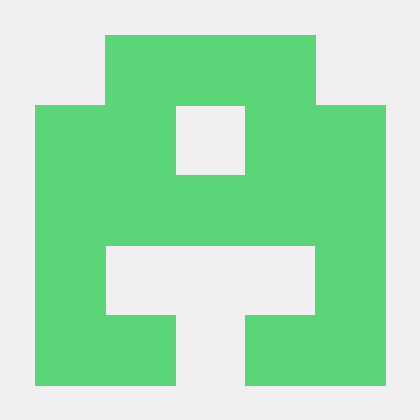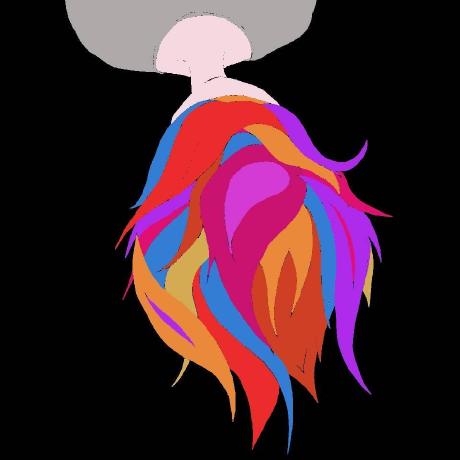Discover and explore top open-source AI tools and projects—updated daily.
sjc by  pals-ttic
pals-ttic
Research paper for 3D generation from 2D diffusion models
Top 60.5% on SourcePulse
This repository implements Score Jacobian Chaining (SJC), a method for generating 3D assets by leveraging pretrained 2D diffusion models. It targets researchers and practitioners in computer vision and graphics interested in 3D generation from 2D priors, offering a novel approach to adapt powerful 2D models for 3D tasks.
How It Works
SJC applies the chain rule to a diffusion model's learned score function, backpropagating it through the Jacobian of a differentiable renderer (specifically, a voxel radiance field). This process aggregates 2D scores from multiple viewpoints into a unified 3D score, enabling 3D data generation using existing 2D models. A key innovation is a novel estimation mechanism to address the distribution mismatch inherent in this cross-domain adaptation.
Quick Start & Requirements
- Install: Follow PyTorch installation for your CUDA version (e.g.,
pip3 install torch torchvision torchaudio --extra-index-url https://download.pytorch.org/whl/cu116), thenpip install -r requirements.txt. Manually installtaming-transformers(git clone --depth 1 git@github.com:CompVis/taming-transformers.git && pip install -e taming-transformers). - Checkpoints: Download a 12GB tar file containing necessary checkpoints (SD v1.5, gddpm). Update
env.jsonto point to the uncompressed files. - Usage: Run experiments from a dedicated directory (e.g.,
mkdir exp && cd exp). A sample generation command ispython /path/to/sjc/run_sjc.py --sd.prompt "A zoomed out high quality photo of Temple of Heaven" --n_steps 10000 --lr 0.05 --sd.scale 100.0. - Resources: Generation takes ~25 minutes and 10GB GPU memory on an A5000 for 10,000 steps. High-resolution visualization requires ~5 minutes and 11GB on an A5000.
- Docs: Usage examples and reproduction scripts are provided in the README.
Highlighted Details
- Integrates with
threestudio. - Includes implementations of Karras sampler and a voxel NeRF.
- Offers a subpixel rendering script for higher quality visualizations.
- Provides detailed example commands for generating various 3D assets (e.g., Trump, Temple of Heaven, School Bus).
Maintenance & Community
- The project is associated with CVPR 2023.
- Mentions integration into
threestudio. - No specific community links (Discord/Slack) or active maintenance signals are provided in the README.
Licensing & Compatibility
- Released under Stable Diffusion's OpenRAIL license due to its use of SD.
- No other restrictive licensing components are identified.
Limitations & Caveats
- Seeds are currently hardcoded to 0.
- Scripts to reproduce 2D experiments (Fig 4) are pending.
- Main paper figures are not yet consistent with appendix figures (which used subpixel rendering).
- DreamBooth integration is noted as not ready, with potential issues like multi-face generation and guidance scale tuning.
1 year ago
Inactive

 modelscope
modelscope GaussianCube
GaussianCube nv-tlabs
nv-tlabs OpenTexture
OpenTexture hustvl
hustvl facebookresearch
facebookresearch junshutang
junshutang cvlab-columbia
cvlab-columbia deepseek-ai
deepseek-ai threestudio-project
threestudio-project ashawkey
ashawkey